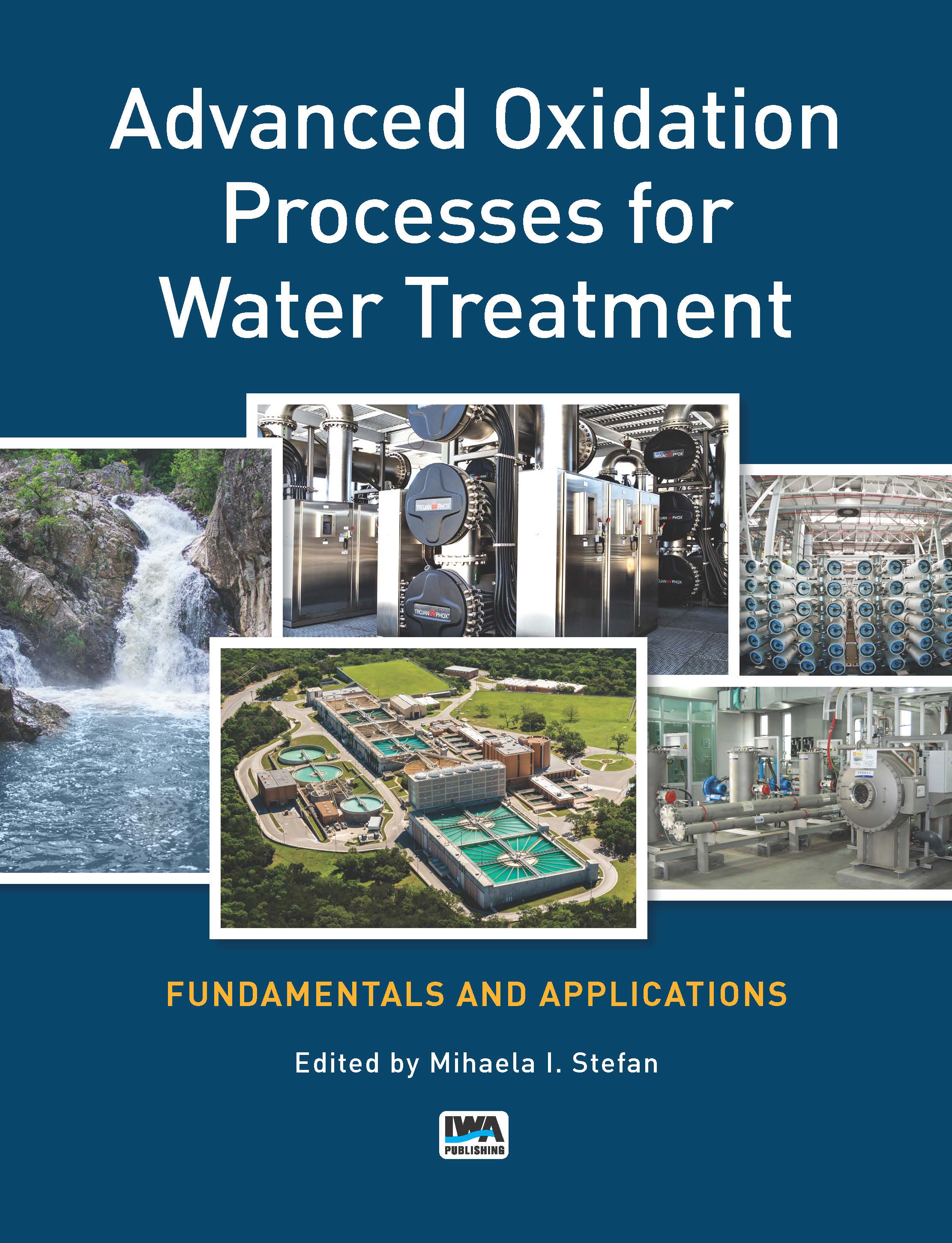Municipal Water Treatment Presentation
| Introduction to Municipal Water Treatment | ||
|---|---|---|
| Municipal water treatment is the process of purifying water to make it safe for public consumption. It involves various steps to remove contaminants and ensure water quality. The goal is to provide clean, safe, and reliable drinking water to the community. | ||
| 1 | ||
| Source Water Collection and Pre-Treatment | ||
|---|---|---|
| Source water is collected from natural resources such as rivers, lakes, or groundwater wells. Pre-treatment involves removing large debris, such as leaves or sticks, through screening or sedimentation. Coagulation and flocculation are used to aggregate smaller particles into larger clumps for easier removal. | ||
| 2 | ||
| Primary Treatment | ||
|---|---|---|
| Primary treatment involves physical processes like sedimentation and filtration to remove suspended solids. Sedimentation allows heavier particles to settle to the bottom, forming sludge. Filtration further removes remaining solids through the use of sand or multimedia filters. | ||
| 3 | ||
| Secondary Treatment | ||
|---|---|---|
| Secondary treatment focuses on biological processes to remove dissolved organic matter and nutrients. Activated sludge process uses microorganisms to break down organic matter in the presence of oxygen. Aeration and mixing are crucial to provide oxygen and distribute microorganisms evenly. | ||
| 4 | ||
| Disinfection | ||
|---|---|---|
| Disinfection is a critical step to kill or inactivate harmful microorganisms. Chlorination is commonly used as it effectively kills pathogens and provides residual protection. Alternative methods like UV disinfection or ozonation can be used to address specific water quality concerns. | ||
| 5 | ||
| Advanced Treatment | ||
|---|---|---|
| Advanced treatment processes are employed to meet stricter water quality standards. Advanced oxidation processes can remove emerging contaminants like pharmaceuticals or personal care products. Membrane filtration, such as reverse osmosis or nanofiltration, can remove dissolved salts and particles. | ||
| 6 | ||
| Distribution and Storage | ||
|---|---|---|
| Treated water is stored in reservoirs or tanks before being distributed to the community. Distribution systems ensure water reaches consumers' taps through pipes and pumping stations. Regular maintenance of distribution systems is essential to prevent contamination and ensure water pressure. | ||
| 7 | ||
| Water Quality Monitoring | ||
|---|---|---|
| Continuous monitoring is crucial to ensure the effectiveness of the treatment process. Parameters like pH, turbidity, chlorine levels, and microbial counts are regularly measured. Water samples are collected at various points in the distribution system to identify potential issues. | ||
| 8 | ||
| Challenges and Future Innovations | ||
|---|---|---|
| Aging infrastructure poses challenges to maintaining and upgrading treatment facilities. Climate change and population growth impact water availability and quality. Research and innovation focus on energy efficiency, alternative disinfection methods, and advanced treatment technologies. | ||
| 9 | ||
| Conclusion | ||
|---|---|---|
| Municipal water treatment plays a vital role in providing safe and clean drinking water. It involves multiple steps, including pre-treatment, primary and secondary treatment, disinfection, and advanced treatment. Continuous monitoring and future innovations are necessary to address evolving water quality challenges. | ||
| 10 | ||









